As the adoption of electric two-wheelers grows in India, the conversation is shifting from simply asking 'how far can it go?' and 'how long will it last?' At the heart of that question lies the most vital component of any electric vehicle—the battery.
Broadly, there are two types of battery chemistries used in electric two-wheelers today: Nickel Manganese Cobalt (NMC) and Lithium Iron Phosphate (LFP). Each has its own advantages and trade-offs, and the choice of battery plays a crucial role in determining a vehicle’s long-term performance and reliability.
Some manufacturers are now adopting LFP batteries. Among them is Suzuki Motorcycle India, which has integrated LFP battery technology in its first electric scooter - the Suzuki e-ACCESS. Here’s a closer look at why that matters.
What is an LFP Battery and How Is It Different?
The Lithium Iron Phosphate (LFP) battery offers several important benefits that make it well suited for daily commuting:
- Longer Cycle Life: LFP batteries typically last two to three times longer than NMC batteries.
- Greater Thermal Stability: LFP is less prone to thermal runaway, a condition that can lead to overheating or battery-related issues.
- Durability Over Time: Although slightly heavier and less energy-dense than NMC, LFP batteries maintain performance over a longer life span, making them ideal for riders who value durability over high peak range figures.
Long Battery Life Simulation:

(X-Axis: Battery Life | Y-Axis: Battery Capacity Retention)
This graph compares how battery capacity declines over time between LFP and NMC batteries.
The solid blue line, representing the LFP battery (used in Suzuki e-ACCESS), shows slower and more stable degradation in capacity across a longer time span or over multiple charging cycles. In contrast, the dotted line for NMC batteries (conventional) reveals a steeper decline, indicating that it loses capacity more quickly as the number of charging cycles increases.
What this means for the customer?
With LFP, the battery is expected to last upto twice the usable life and twice the number of charging cycles compared to an NMC battery. This translates to fewer replacements, lower long-term costs, and greater peace of mind for the rider.
Why a Long-Life Battery Really Matters
Battery replacement is one of the most expensive aspects of maintenance for EV owners. A scooter that initially offers 100 km of range may deliver significantly less range over time if the battery degrades quickly, especially in the case of NMC.
With LFP batteries like those in the Suzuki e-ACCESS, range retention is far better. Riders get to experience a more consistent range over the years, delaying the need for battery replacement and extending the overall lifespan of the scooter..
Long Term Range Simulation:

(X-Axis: Driving Distance | Y-Axis: Range per Charge)
This graph compares how range per charge changes over time as the vehicle covers more distance, contrasting the performance of NMC and LFP batteries.
The red dotted line, representing an NMC battery, starts with a higher range initially but shows a faster rate of decline as driving distance increases. In comparison, the solid blue line, representing the LFP battery in Suzuki e-ACCESS, starts with slightly lower range but remains more stable and consistent over time.
Illustrative Example: Initially, an NMC-powered scooter may offer a slightly higher range than LFP. But, after a certain period (e.g., 1.5 years, assuming around 80 km/day usage), the range delivered by the LFP battery matches the NMC battery. Beyond this point, LFP retains same range, offering a clear advantage over time.
In short, initial range figures can be misleading if battery degradation is not considered. While NMC may offer better numbers initially, LFP’s slower degradation over lifetime ensures that the range you start with is the range you keep for long years.
Real-World Usage: Focus on Practicality, Not Just Peak Range
While range is often a key comparison point, it’s not the only one that matters. Recognising that most daily commutes in India are short and consistent, some manufacturers are focusing on optimising real-world performance instead of just pushing for higher range figures. Suzuki, for example, has adopted this approach in the e-ACCESS:
-
It delivers a real-world range of 95 km on a 3.1 kWh battery.
-
According to usage insights, the average Indian rider travels about 30 km/day, meaning most riders can go up to three days between charges.
This approach keeps the scooter lightweight and easy to handle, without compromising on practicality.
Built for Durability and Confidence
Battery chemistry is important, but battery protection and testing are equally critical. In scooters, particularly the Suzuki e-ACCESS, the battery is housed in a sturdy aluminium case, integrated into the scooter’s frame. This makes it less vulnerable to physical damage and safer from fire-related incidents.
Additionally, every e-ACCESS scooter and battery undergoes stringent testing protocols including extreme heat and cold to drop, vibration, submersion, motor bench, crush and puncture tests, ensuring they can withstand real-world riding conditions.
Final Word
Choosing an electric scooter is not just about chasing specifications — it’s about selecting a solution that will go the distance with you. With the integration of LFP battery technology, Suzuki is building EVs that are durable, reliable, and practical for Indian roads and urban commuting needs.
With the Suzuki e-ACCESS, it’s not just electric. It’s electric for the long run.
This article is from the Brand Desk. User discretion is advised.

 2 days ago
1
2 days ago
1


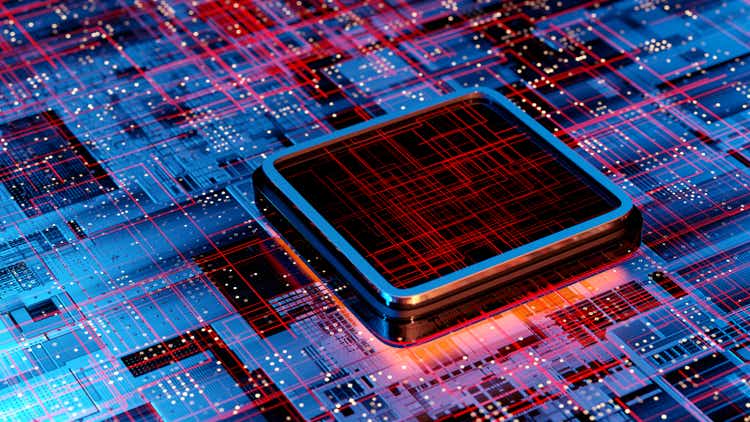


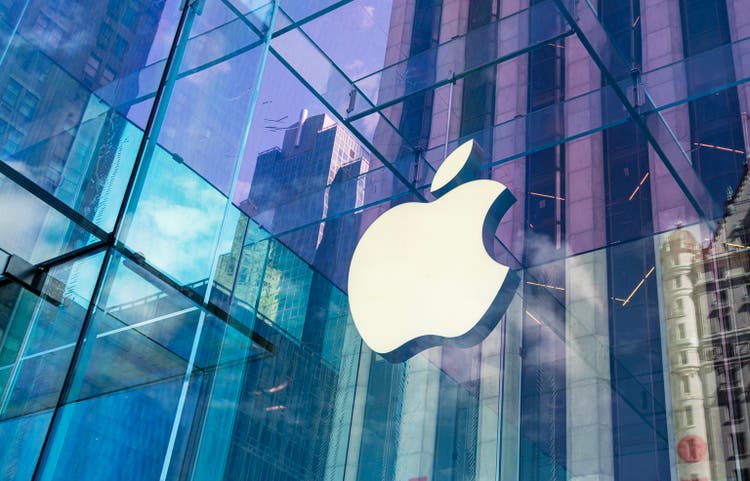

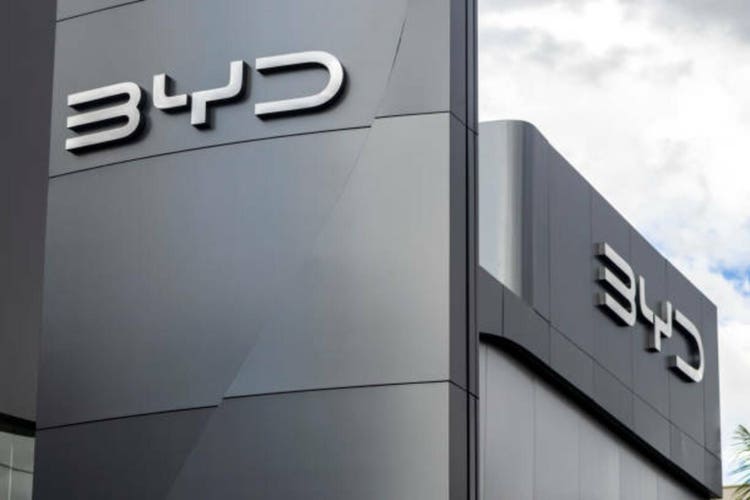


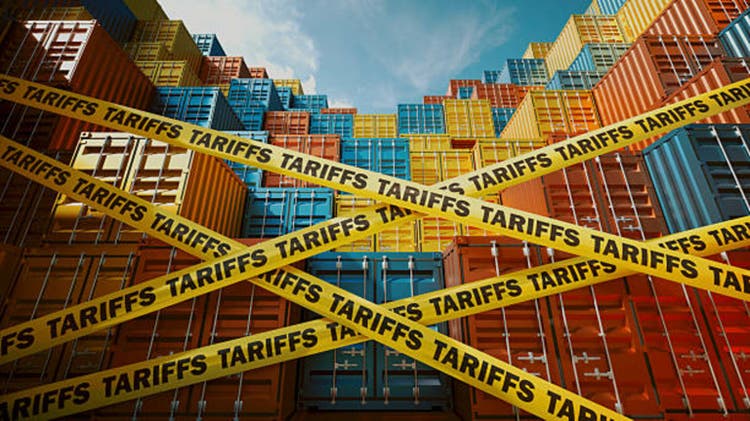

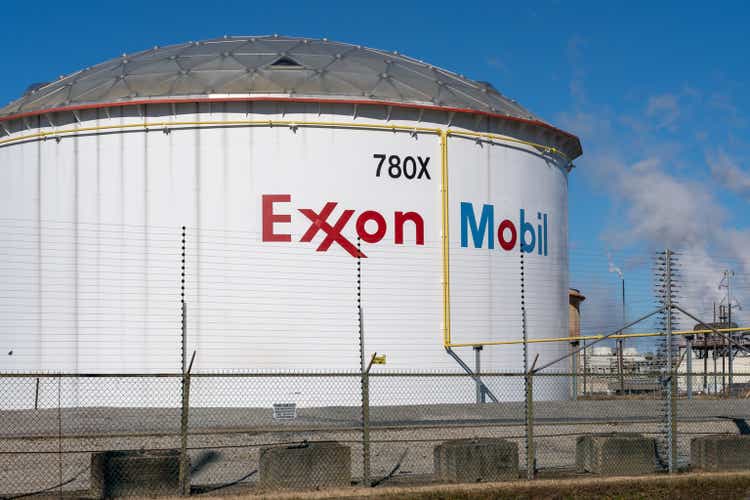


 English (US) ·
English (US) ·